Troy D. Harman - All Roads Led to Gettysburg: A New Look at the Civil Wars Pivotal Battle
Here you can read online Troy D. Harman - All Roads Led to Gettysburg: A New Look at the Civil Wars Pivotal Battle full text of the book (entire story) in english for free. Download pdf and epub, get meaning, cover and reviews about this ebook. City: Lanham, year: 2022, publisher: Stackpole Books, genre: History / Science. Description of the work, (preface) as well as reviews are available. Best literature library LitArk.com created for fans of good reading and offers a wide selection of genres:
Romance novel
Science fiction
Adventure
Detective
Science
History
Home and family
Prose
Art
Politics
Computer
Non-fiction
Religion
Business
Children
Humor
Choose a favorite category and find really read worthwhile books. Enjoy immersion in the world of imagination, feel the emotions of the characters or learn something new for yourself, make an fascinating discovery.

- Book:All Roads Led to Gettysburg: A New Look at the Civil Wars Pivotal Battle
- Author:
- Publisher:Stackpole Books
- Genre:
- Year:2022
- City:Lanham
- Rating:5 / 5
- Favourites:Add to favourites
- Your mark:
All Roads Led to Gettysburg: A New Look at the Civil Wars Pivotal Battle: summary, description and annotation
We offer to read an annotation, description, summary or preface (depends on what the author of the book "All Roads Led to Gettysburg: A New Look at the Civil Wars Pivotal Battle" wrote himself). If you haven't found the necessary information about the book — write in the comments, we will try to find it.
It has long been a trope of Civil War history that Gettysburg was an accidental battlefield. General Lee, the old story goes, marched blindly into Pennsylvania while his chief cavalryman Jeb Stuart rode and raided incommunicado. Meanwhile, General Meade, in command only a few days, gave uncertain chase to an enemy whose exact positions he did not know. And so these ignorant armies clashed by first light at Gettysburg on July 1, 1863. In the spirit of his iconoclastic Lees Real Plan at Gettysburg, Troy D. Harman argues for a new interpretation: once Lee invaded Pennsylvania and the Union army pursued, a battle at Gettysburg was entirely predictable, perhaps inevitable.
Most Civil War battles took place along major roads, railroads, and waterways; the armies needed to move men and equipment, and they needed water for men, horses, and artillery. And yet this perspective hasnt been fully explored when it comes to Gettysburg. Look at an 1863 map, says Harman: look at the area framed in the north by the Susquehanna River and in the south by the Potomac, in the east by the Northern Central Railroad and in the west by the Cumberland Valley Railroad. This is where the armies played a high-stakes game of chess in late June 1863. Their movements were guided by strategies of caution and constrained by roads, railroads, mountains and mountain passes, rivers and creeks, all of which led the armies to Gettysburg. Its true that Lee was disadvantaged by Stuarts roaming and Meade by his newness to command, which led both to default to the old strategic and logistical bedrocks they learned at West Pointand these instincts helped reinforce the magnetic pull toward Gettysburg.
Moreover, once the battle started, Harman argues, the blue and gray fought tactically for the two creeksMarsh and Rock, essential for watering men and horses and sponging artillerythat mark the battlefield in the east and the west as well as for the roadways that led to Gettysburg from all points of the compass. This is a perspective often overlooked in many accounts of the battle, which focus on the high groundthe Round Tops, Cemetery Hillas key tactical objectives.
Gettysburg Ranger and historian Troy Harman draws on a lifetime of researching the Civil War and more than thirty years of studying the terrain of Gettysburg and south-central Pennsylvania and northern Maryland to reframe the story of the Battle of Gettysburg. In the process he shows theres still much to say about one of historys most written-about battles. This is revisionism of the best kind.
Troy D. Harman: author's other books
Who wrote All Roads Led to Gettysburg: A New Look at the Civil Wars Pivotal Battle? Find out the surname, the name of the author of the book and a list of all author's works by series.


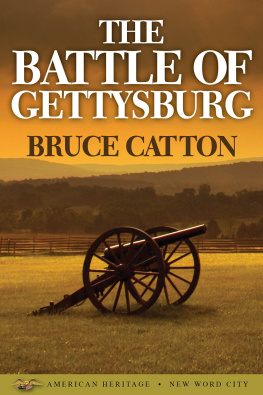
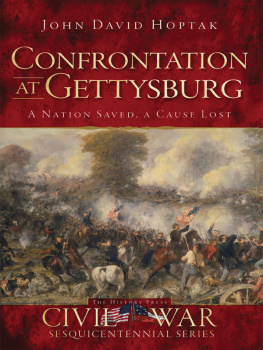
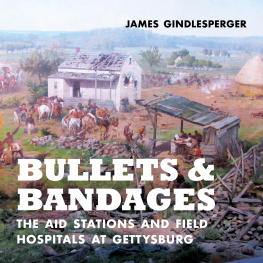
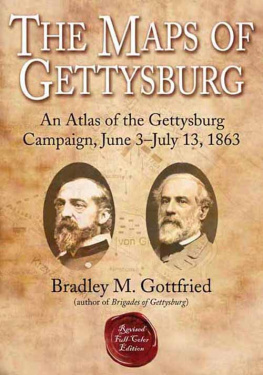
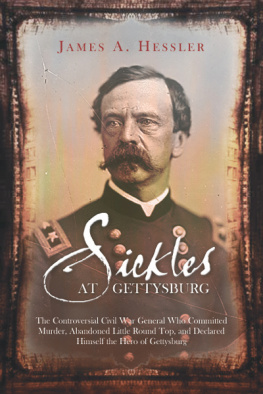
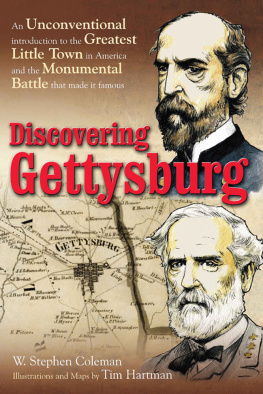
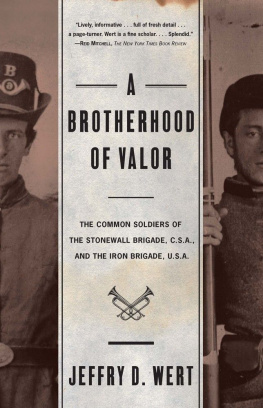




 The paper used in this publication meets the minimum requirements of American National Standard for Information SciencesPermanence of Paper for Printed Library Materials, ANSI/NISO Z39.48-1992.
The paper used in this publication meets the minimum requirements of American National Standard for Information SciencesPermanence of Paper for Printed Library Materials, ANSI/NISO Z39.48-1992.